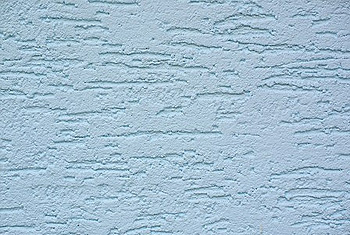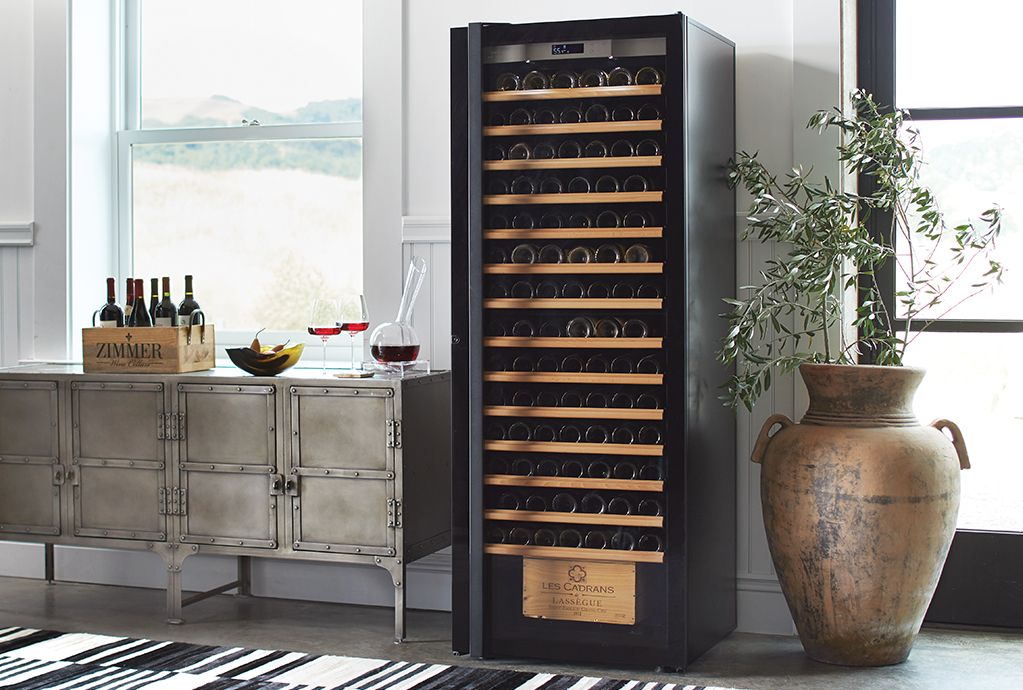
The type and thickness of the insulation used in building wine cabinets will determine the insulation properties (referred to as the R-Value) of the cabinet. Generally, a higher R-Value means better insulation.
Wine cabinet manufacturers use foam insulation to build wine cabinets that maintain inside temperatures without excessive use of the cooling system. There are several types of foam insulation available on the market, each with a different R-Value per inch.

Foam R-Values
| Urea Terpolymer Foam | 4.48 |
| Rigid Fiberglass (> 4lb/ft3) | 4.00 |
| Expanded Polystyrene (beadboard) | 4.00 |
| Extruded Polystyrene | 5.00 |
| Polyurethane (foamed-in-place) | 6.25 |
| Polyisocyanurate (foil-faced) | 7.20 |
Table Data from Colorado Energy
When Evaluating Advertised R-Values, Ask Two Questions
- Which type of insulation is being used by the wine cabinet manufacturer
- How thick is the insulation
Some manufacturers advertise bogus R-Values, most commonly R-12, because it’s difficult to disprove these claims. Remember that the insulation must be at least 2 inches thick in order for the R-Value of the insulation to be R-12.
The best way to increase the R-Value is to forego glass windows and instead use insulated wood doors on the wine cabinet.
How much insulation do you need? The warmer the environment where the wine cabinet will be placed, the more important the insulation becomes.
Click here for sizing and correction tables for altitude, glass heat loss and more.